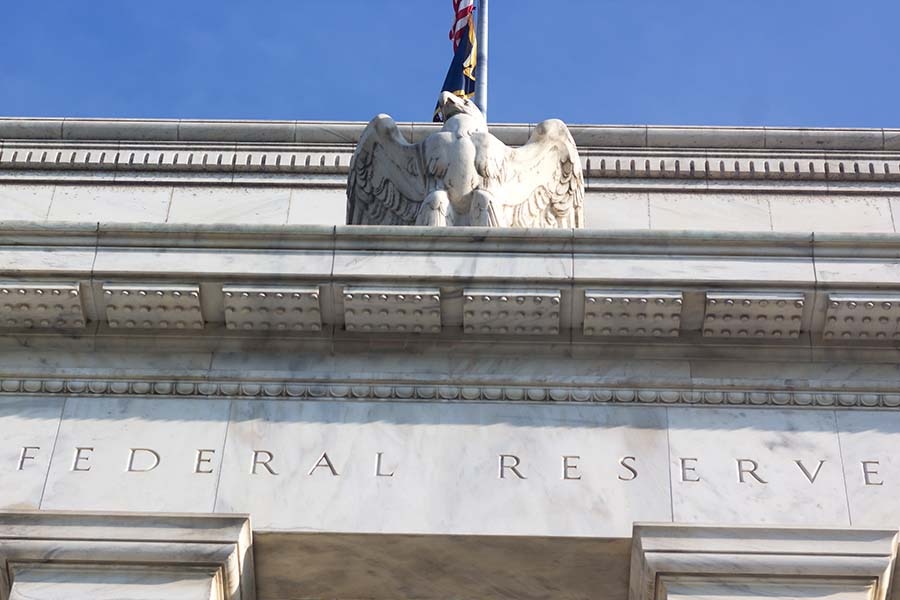Schwab: Stocks Fall As Fed Chair Talks Tough On Rates

Stocks dropped Friday after a relatively “hawkish” speech by Federal Reserve Chair Jerome Powell fueled fears that the Fed’s policies would lead to weaker economic growth, rising unemployment, and lower corporate profits. The S&P 500 closed down 3.4%, while the Treasury yield curve became even more inverted.
Powell’s speech at the annual Kansas City Federal Reserve symposium in Jackson Hole, Wyo., strongly indicated that the central bank was focused squarely on bringing inflation down, even at a cost to economic growth and employment. He even mentioned that there may be “some pain” to households and businesses and a weaker job market.
Although Powell’s message does not represent a change in the Fed’s policy stance, it was the clearest expression of the Fed’s intentions from the chairman on the need to keep tightening monetary policy “until the job is done.” Moreover, it comes at a time when there are signs that inflation is cooling off. Recent inflation readings for the Consumer Price Index and the Personal Consumption Expenditures index have eased, import prices are falling, and inflation expectations are moderating.
In the bond market, expectations for the pace of rate hikes didn’t change much. Short-term yields had already built in the likelihood of a rise in the federal funds rate to 3.75% over the next six months. Thirty-year Treasury bond yields declined, because tighter Fed policy for longer sends a signal of slower growth and lower inflation down the road. Consequently, the Treasury yield curve (the difference between short and long-term rates) became more inverted.
Our firmest conviction is that the more forcefully the Fed tightens policy, the more the yield curve will become inverted. An inverted yield curve has historically been associated with recessions.
What should long-term investors do now?
Market volatility is unsettling, but historically not unusual. If you’ve built an appropriately diversified portfolio that matches your time horizon and risk tolerance, it’s likely the recent market drop will be a mere blip in your long-term investing plan.
However, it can be hard to do nothing when markets are rough. Given what has been happening recently, consider a few of our investing principles:
- Establish a financial plan. It’s easier to ride out volatility if you have a financial plan based on your goals and investing time horizon. By keeping your eye on the finish line, you’ll be less likely to panic and sell when prices are down.
- Don’t try to time the markets. It’s nearly impossible. Time in the market is what matters. While staying the course and continuing to invest even when markets dip may be hard on your nerves, it can be healthier for your portfolio and result in greater accumulated wealth over time.
- Build a diversified portfolio based on your tolerance for risk. It’s important to know your comfort level with temporary losses. Sometimes a market drop serves as a wake-up call that you’re not as comfortable with losses as you thought you were, or that a portfolio you assumed was appropriately diversified in fact isn’t. Schwab clients can log in and use the Schwab Portfolio Checkup tool to quickly assess whether their portfolio is still in balance with their target asset allocation.
- Rebalance your portfolio regularly. Market changes can skew your allocation from its original target. Over time, assets that have gained in value will account for more of your portfolio, while those that have declined will account for less. Rebalancing means selling positions that have become overweight in relation to the rest of your portfolio, and moving the proceeds to positions that have become underweight. It’s a good idea to do this at regular intervals.
- Ignore the noise. It’s hard to shift your attention when headlines and TV news are focused on the market drop. However, markets historically have fluctuated and recovered. It’s important to stay focused on your plan and track progress toward your goal, not short-term performance.
Source: https://www.schwab.com/learn/story/market-volatility














